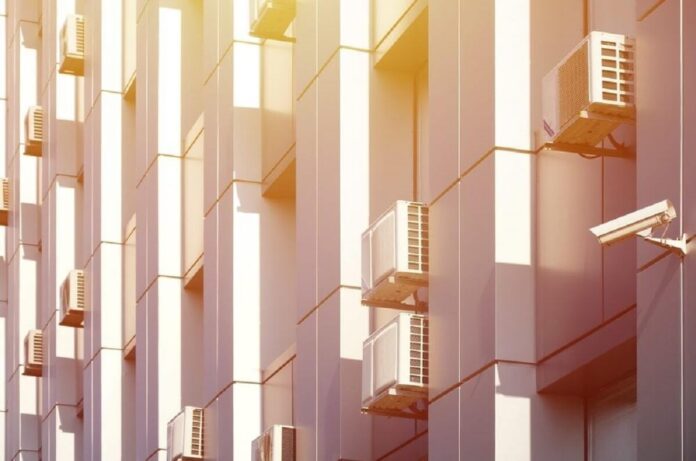Rubber molding is an invaluable tool in the HVAC system manufacturing industry. It uses the flexible properties of rubber to create functional, resilient components that enhance the efficiency and durability of heating and cooling systems. From insulation to grommets, the use of rubber aids in managing thermal expansion and vibrations. Here is how HVAC system manufacturers can utilize rubber shaping to their advantage:
Insulation Improvement
HVAC system manufacturers can use rubber shaping to improve the insulation of their systems. Rubber has low thermal conductivity, making it suitable for insulating HVAC systems. Manufacturers can create custom insulation components that fit into various system parts by molding rubber into specific shapes and sizes. This helps to prevent heat loss and maintain a consistent temperature within the system. Improved insulation also results in energy efficiency, reducing overall energy costs for consumers.
Vibration Dampening
Vibration is common in HVAC systems and is caused by the movement and rotation of various mechanical parts. This can lead to noise and potential damage to system components over time. Rubber molding techniques can be used to create custom vibration-dampening components that reduce the effects of vibration in HVAC systems. Manufacturers can develop features such as pads, mounts, and grommets designed to absorb vibrations. These components act as a buffer between moving parts and help to reduce noise levels and premature wear.
Thermal Expansion Management
Manufacturers can use rubber shaping and molding techniques to create practical thermal expansion management components for HVAC systems. Thermal expansion occurs when materials expand or contract due to changes in temperature. In HVAC systems, this can lead to significant issues such as cracks and leaks in connective components. Rubber molding may be used create custom seals and gaskets to manage thermal expansion. These components act as a barrier between different materials, allowing the components to expand and contract without causing damage.
Chemical Resistance
HVAC systems are exposed to various chemicals, including cleaning agents and refrigerants. These chemicals can cause damage to system’s components over time if they are not adequately protected. Rubber molding allows manufacturers to create chemical-resistant components that can withstand exposure to different chemicals. This helps to extend the lifespan of HVAC systems and promote efficient system operation.
Customization and Versatility
Rubber shaping techniques allow for the creation of complex shapes and designs for HVAC systems that have unique or unconventional layouts. Customization options include material selection, size and shape variations, and color choices. These options allow precise fittings between different system components, enhancing performance and efficiency. Rubber can also be molded to meet specific temperature and pressure requirements. Engineers and manufacturers work together to create, shape, and finalize precise rubber and plastic components that satisfy requirements for HVAC systems.
Read Also: Basic HVAC Refrigeration Cycles
Transform Your Business with Rubber Molding
Rubber molding helps manufacturers produce durable and efficient HVAC components. The vibration-dampening and insulation properties of rubber make it an ideal material for HVAC system parts. Rubber forming’s customization options and versatility make it a suitable choice for HVAC system manufacturers. Contact a rubber manufacturer today to learn more about how rubber molding is used to create HVAC components.










